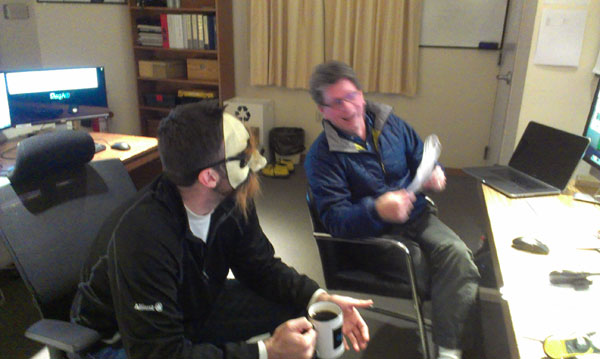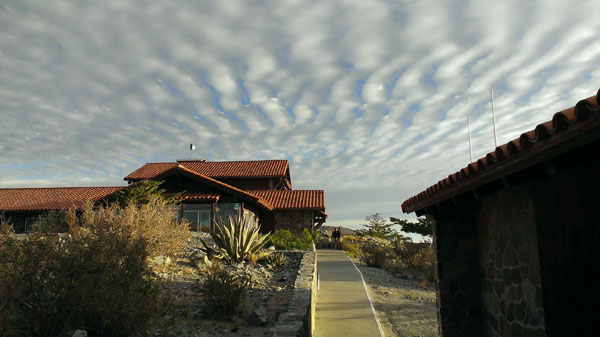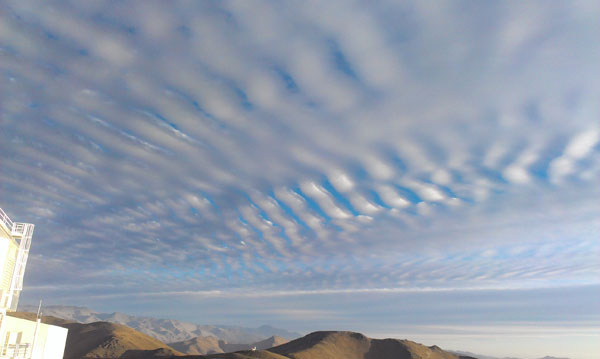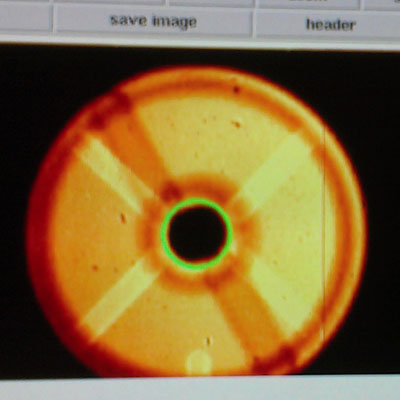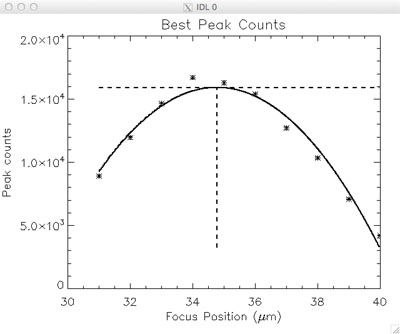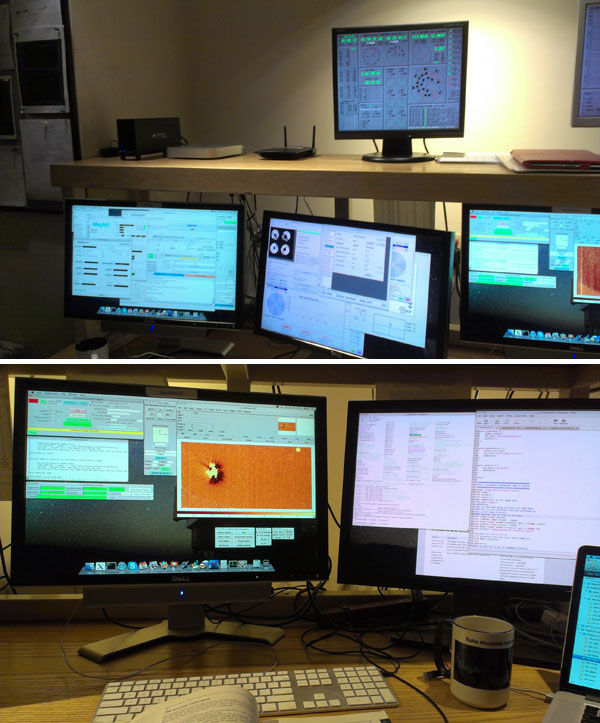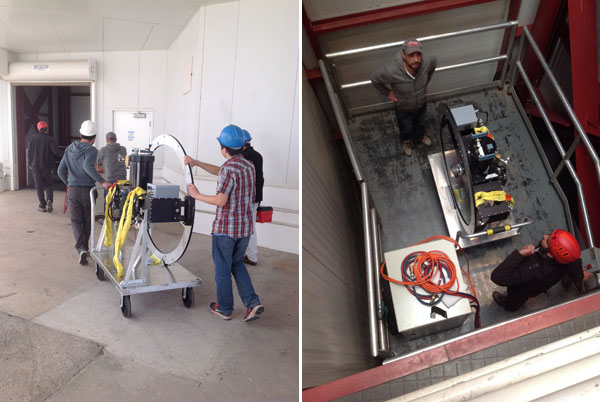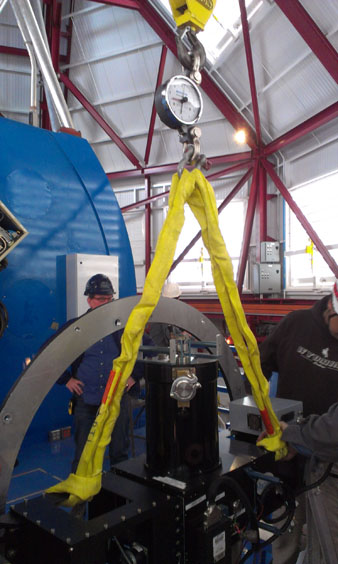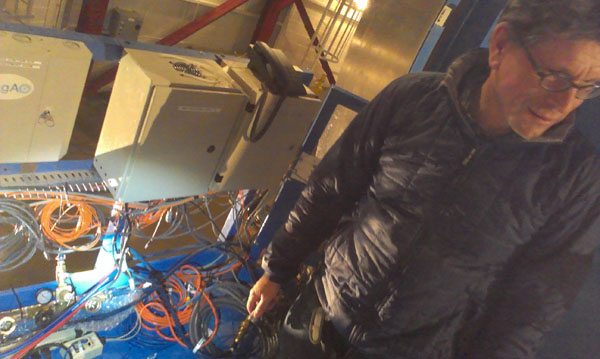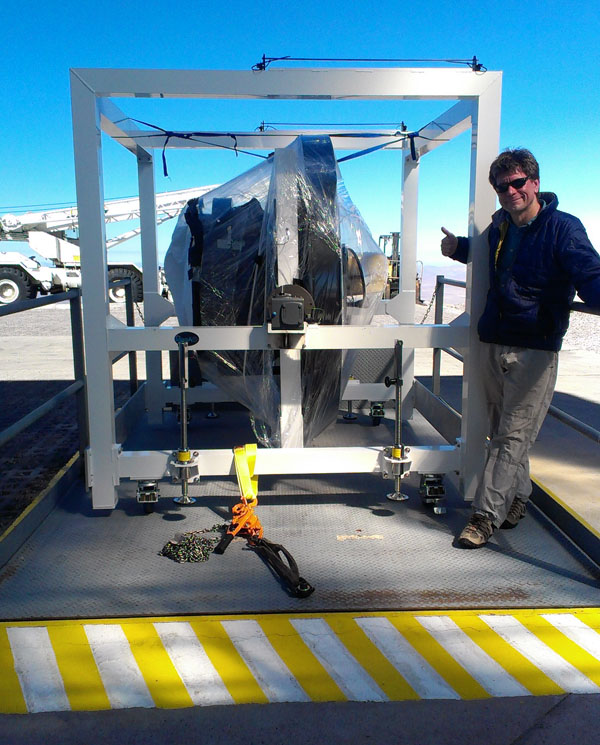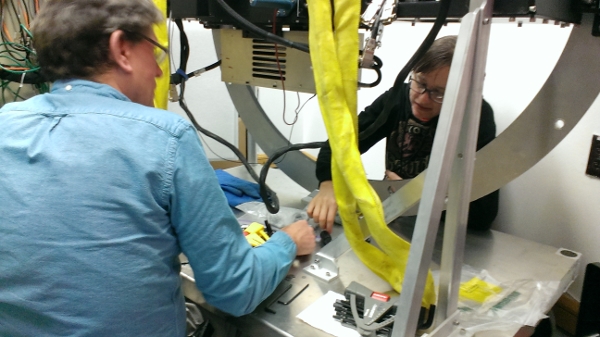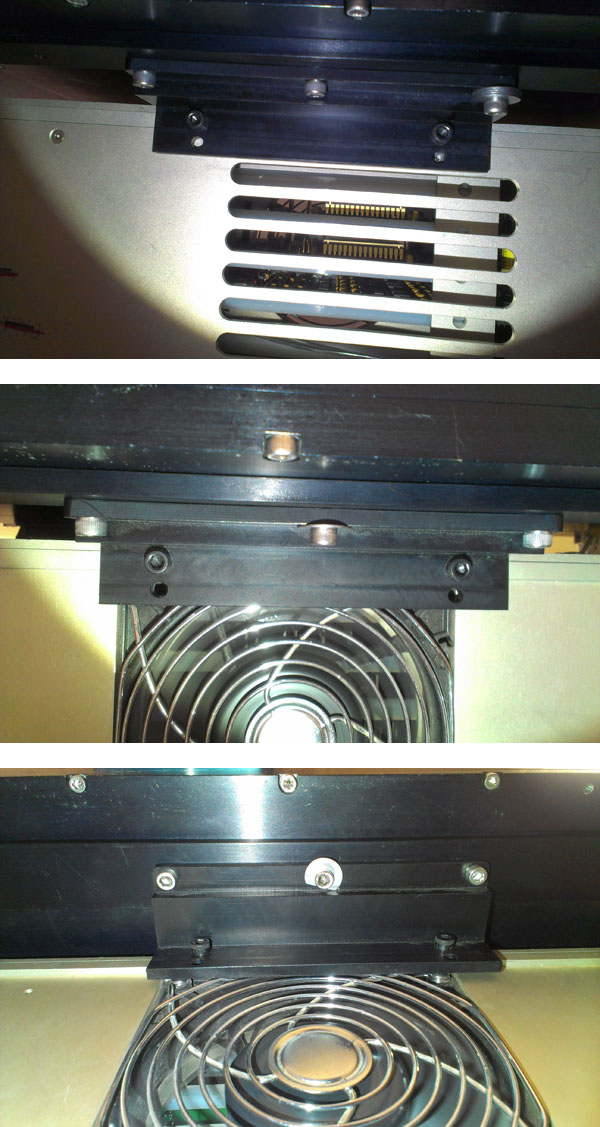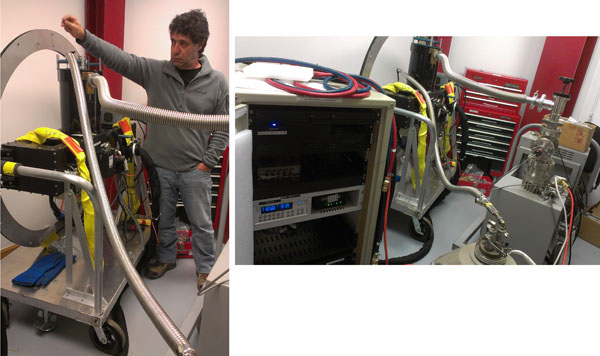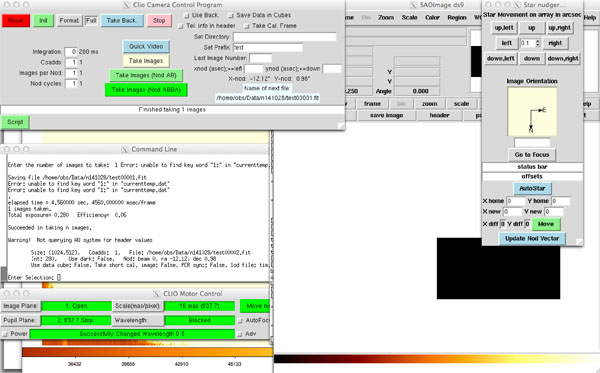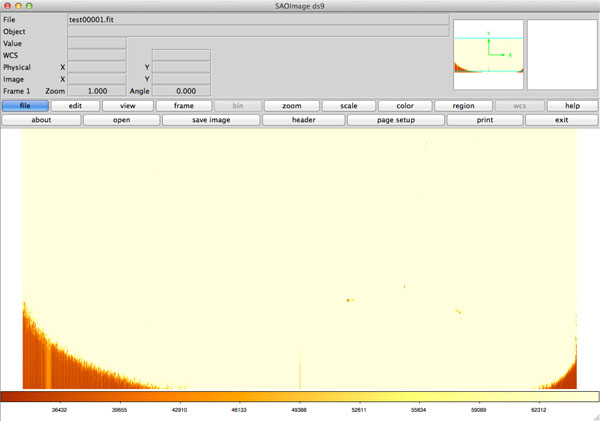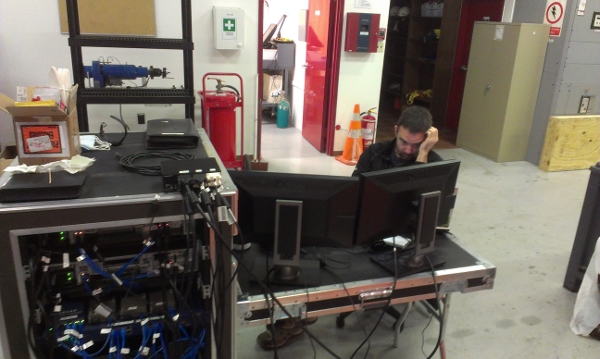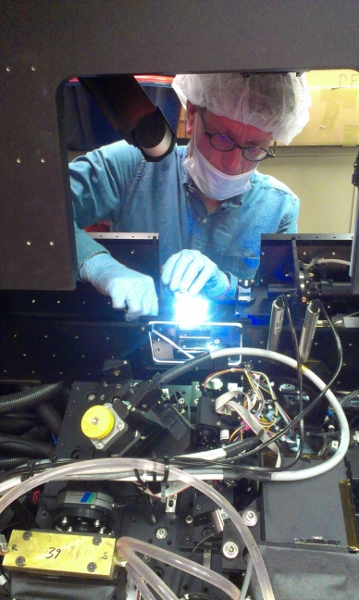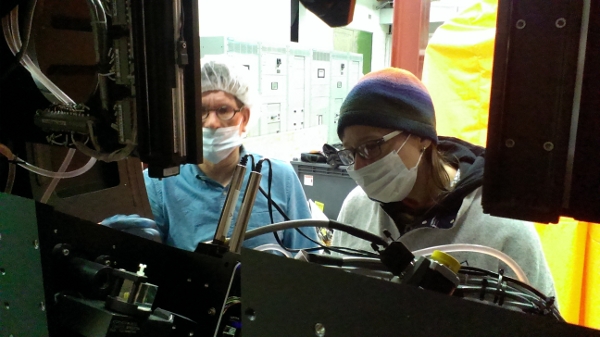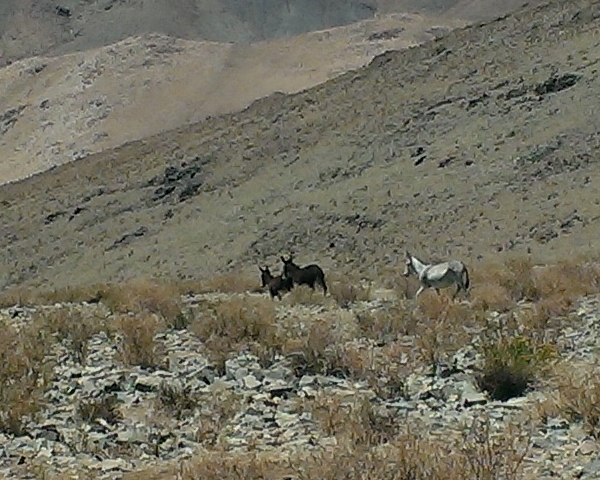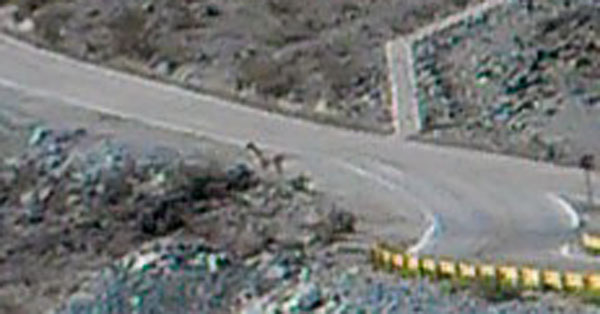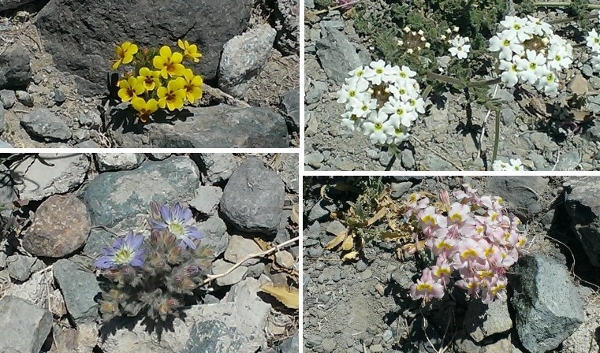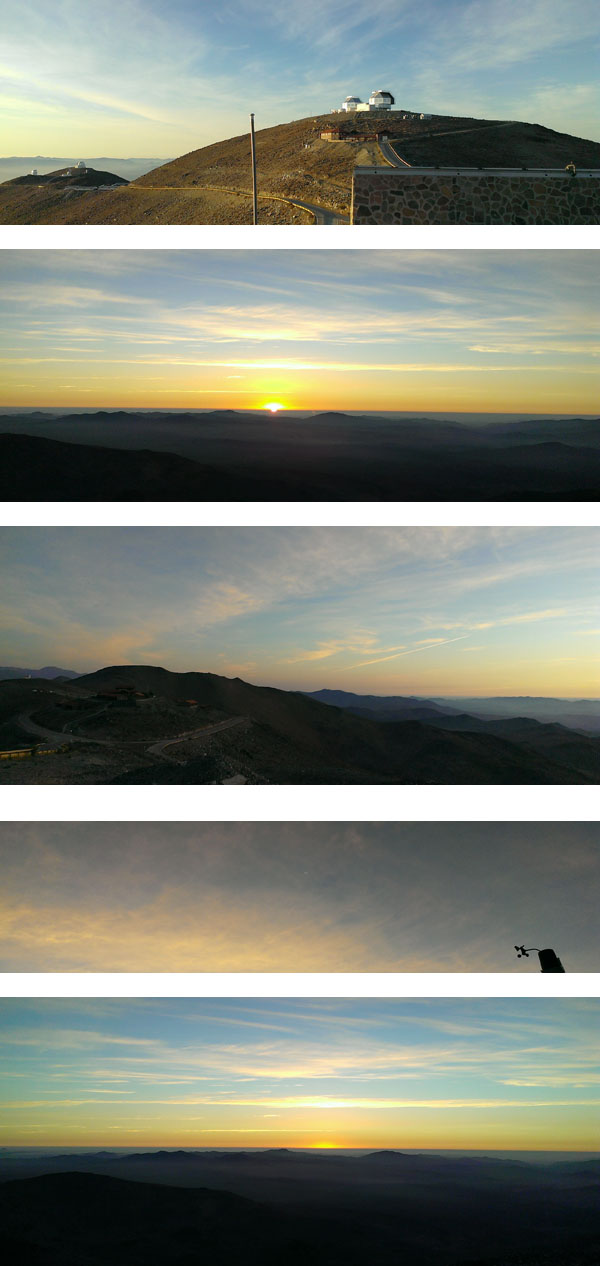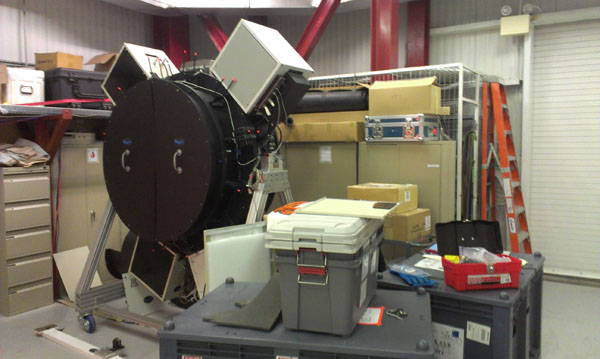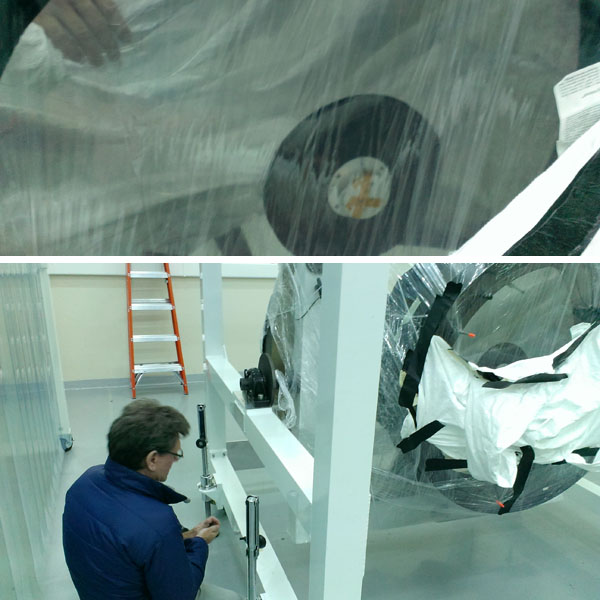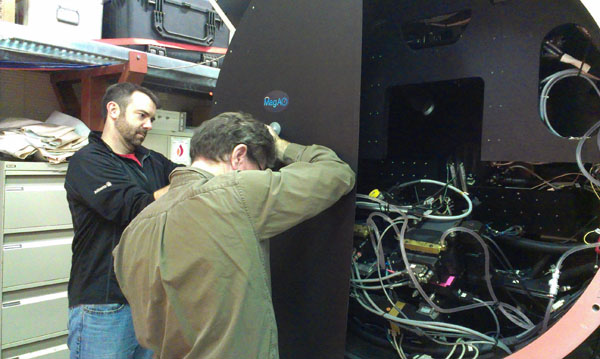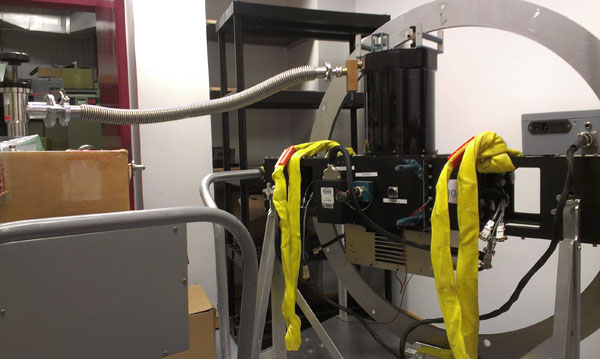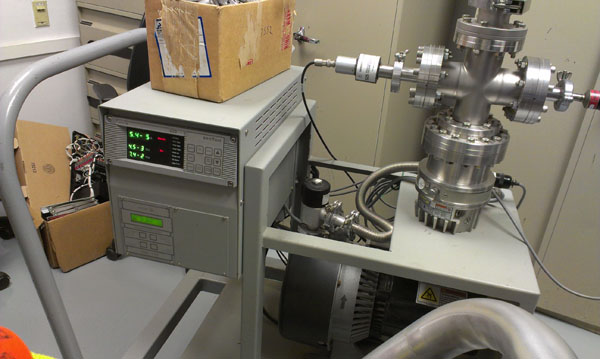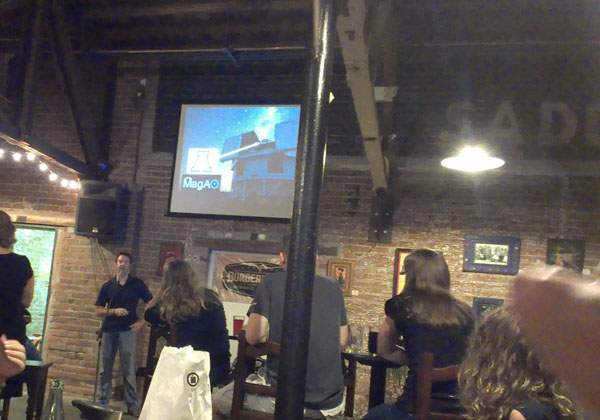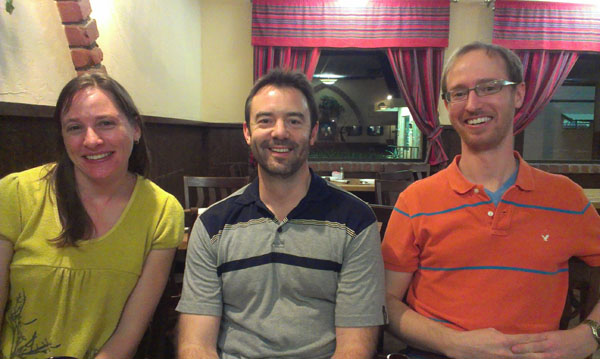Tonight was Laird’s last night for the first part of this run — he goes down later today to return home for a couple weeks, then he’ll be back again for the last couple weeks of the run. Jared and I will be taking care of everything while he’s gone. We were also talking to our friends at Mt. Graham, Arizona and Subaru Telescope, Mauna Kea about their respective pyramid WFS observing runs.
Before tonight, I was busy with Clio engineering and science, so I didn’t have a chance to run the AO system much last week. But tonight was TJ & Alycia’s first night and since TJ can run Clio just fine, I was running AO with bits of advice from Laird on what he’s learned operating the system this week. So there was a lot going on, and we didn’t have the best seeing, so I didn’t get much in the way of pictures. However, I have a couple pictures from the previous night, which was my science night looking at brown dwarf and planetary-mass companions to stars. Here are a few pretty pix from Clio:
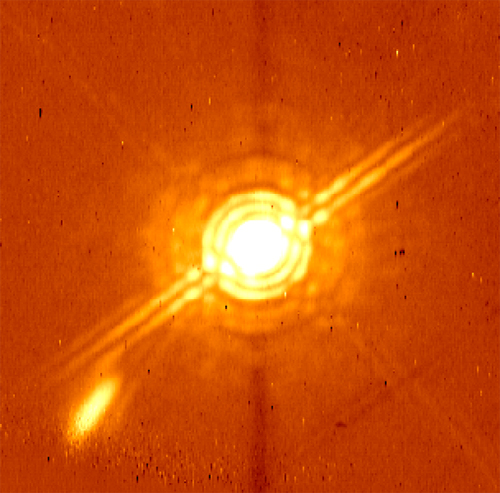
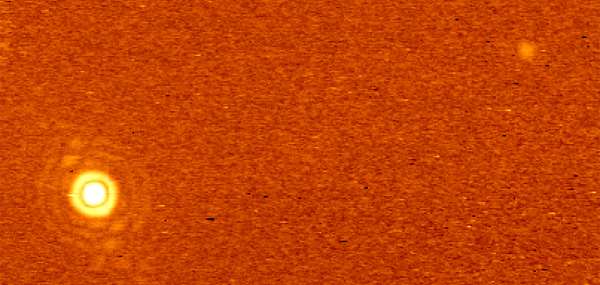
Speaking of brown dwarfs and planetary-mass companions…
I went to a meeting last summer called Exoplanets and Brown Dwarfs: Mind the Gap, focusing on the overlap between the fields and how studying one kind of substellar object enriches the study of the other. It was a great conference and Startorialist Emily Rice led us in making a fun video about brown dwarfs, which I hope you enjoy watching as much as we enjoyed filming:

